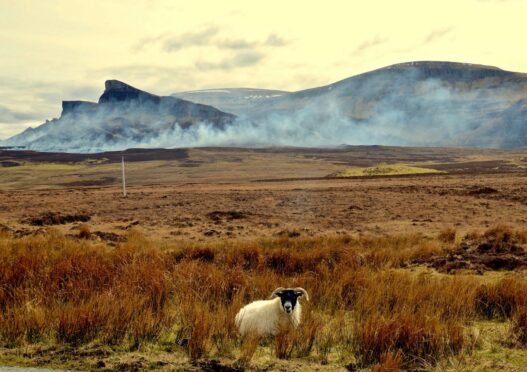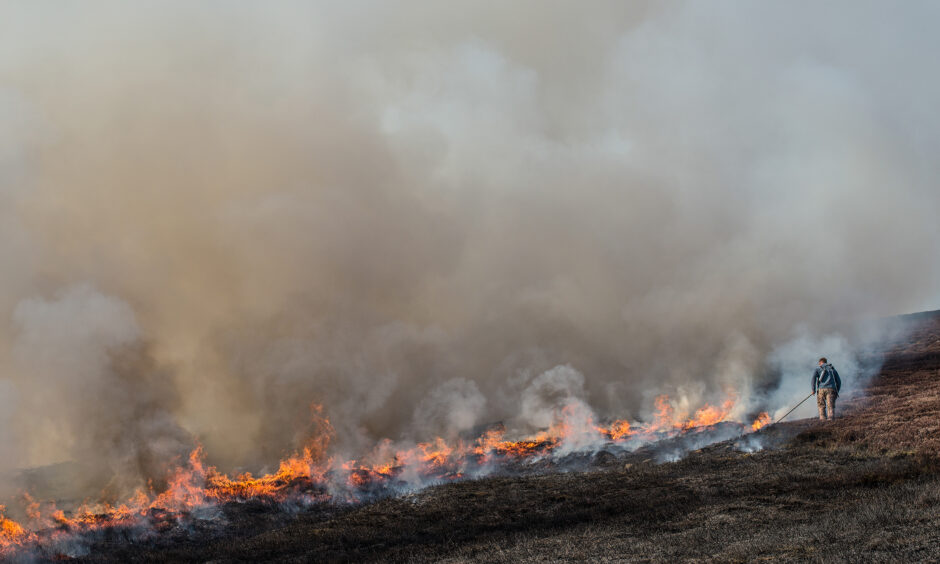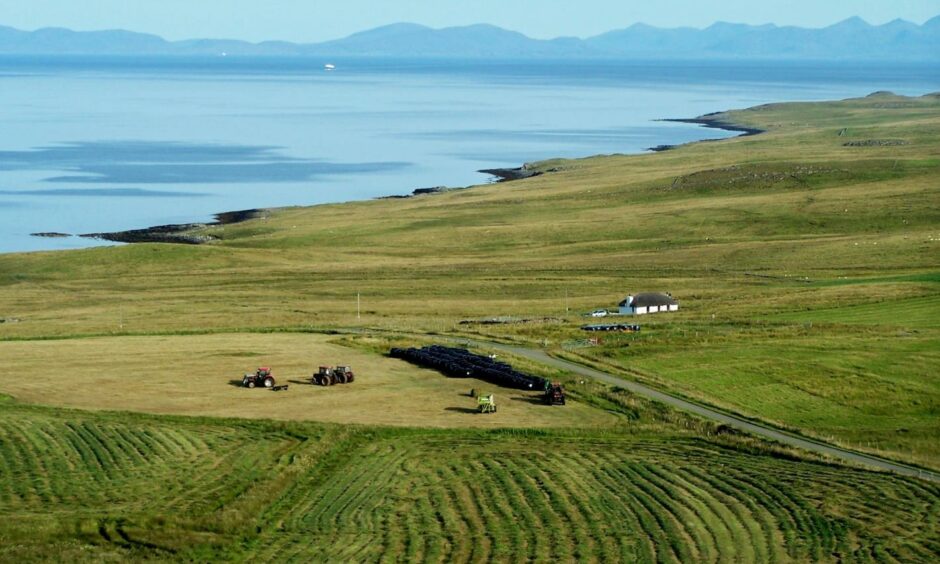Muirburn season is over for this winter.
The age-old practice of burning grass, heather, thorn and so on to encourage fresh growth is carried out the world over.
Presumably it started as pastoralists saw the new growth that followed naturally occurring fires and the benefit this had to their grazing.
In Scotland muirburn – the controlled burning off of patches of (mainly) mature heather to clear the “deadwood” for fresh regrowth – can only be done in a season lasting from October to April to minimise risk to other plants and animals, and to other property.
It will not have escaped anyone’s notice around this time of year the reports in the media about wildfires, some of which are caused by muirburn getting out of control.
The debate about the validity of muirburn rages as fiercely as the wildfires.
The Scottish Crofting Federation (SCF) recently asked people on Facebook what they thought of muirburn and the spread of answers is probably indicative of the debate –wide and heated.
I am no expert on muirburn so can only comment on what I observe of the debate.
There have been a number of studies done which seem to conclude that muirburn is, on balance, beneficial to grazing and to biodiversity.
Some argue that the studies are out of date and, therefore, out of step with current thinking regarding the twin emergencies of climate change and loss of biodiversity, and that the practice should be stopped.
I note that while there are, for various reasons, discussions on tightening up licensing, the government agencies that do know about this subject are not inclined to ban it.
We could conclude then that they still support the findings of the studies.
The reports of wildfire certainly add fuel to the fire, though not all wild-fires are the result of muirburn gone wrong.
There are many culprits for fire-raising, accidental or deliberate.
Anyone who carries out muirburn should follow the muirburn code which lays out sound advice on how to burn in a controlled way, maximising safety and environmental protection as well as the benefits.
Unfortunately there are instances reported that point to a lack of due regard to the code and, as always, it is a few that tarnish it for the majority of responsible land managers.
As I mentioned in my last column, the Crofting Commission have had an increase in budget and this has just been recently ratified by ministers.
This will allow for more staff to help clear the back-log of administrative applications, it will free up experienced staff to get back to regulation, and there will be more follow- up of absentees and those sitting on unused crofts.
The commission development team are taking forward the approach that this is everyone’s responsibility and that we all have a part to play in the health of crofting.
I totally agree with this and am sure that by involving individual crofters, townships, grazings committees, landlords, development bodies, membership organisations such as SCF, the commission and other government agencies will reap huge benefits.
A great example was the meeting held in Lewis during the month where a team from the Crofting Commission met landlords.
It was a very successful initiative which helped landlords to see the place they have in crofting regulation and the part they can play.
There will be more events, as well as initiatives to meet crofting communities to explore their role in managing their crofting assets.
I anticipate being able to report back favourably in future columns.
Patrick Krause is chief executive of the Scottish Crofting Federation.


